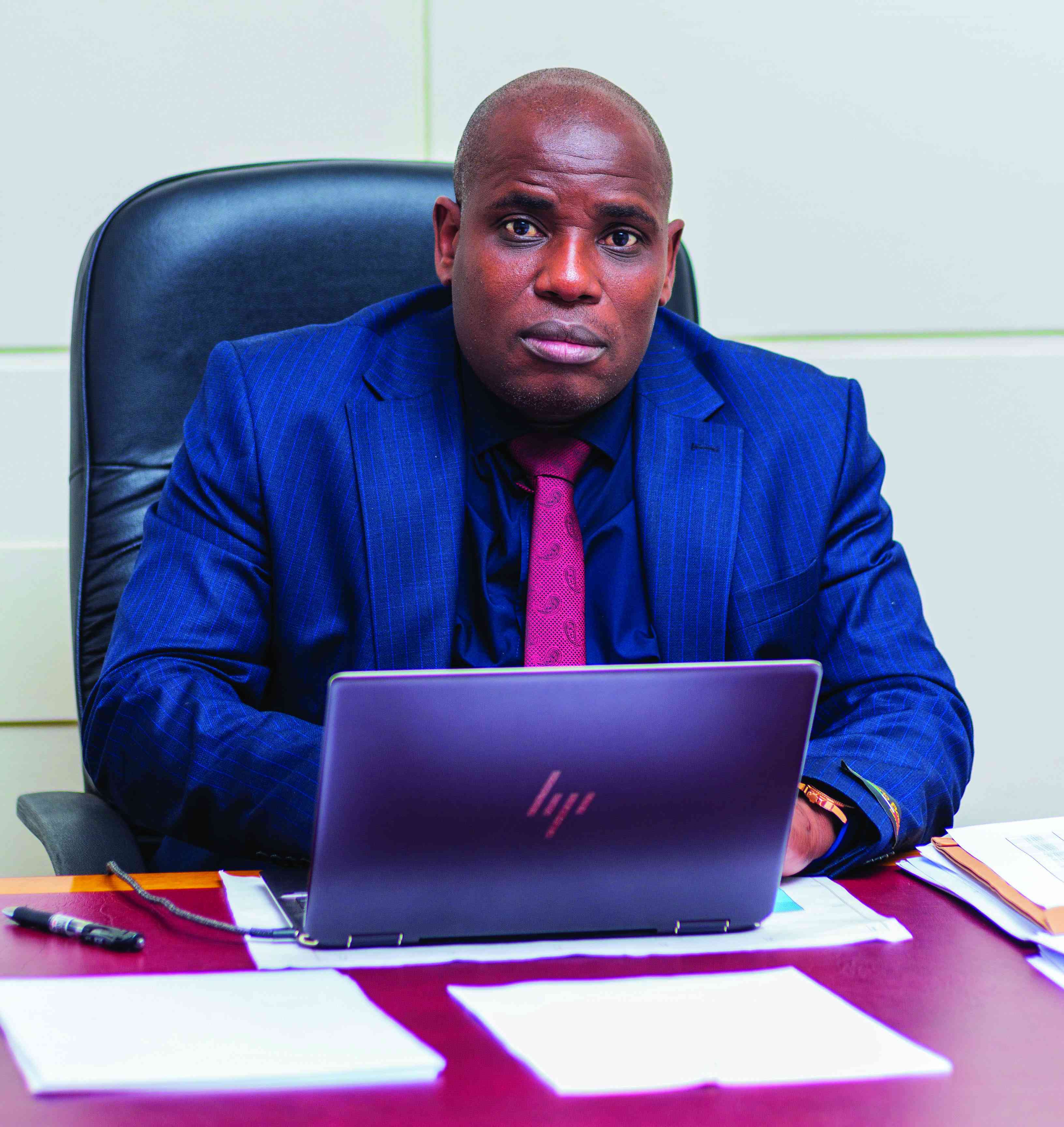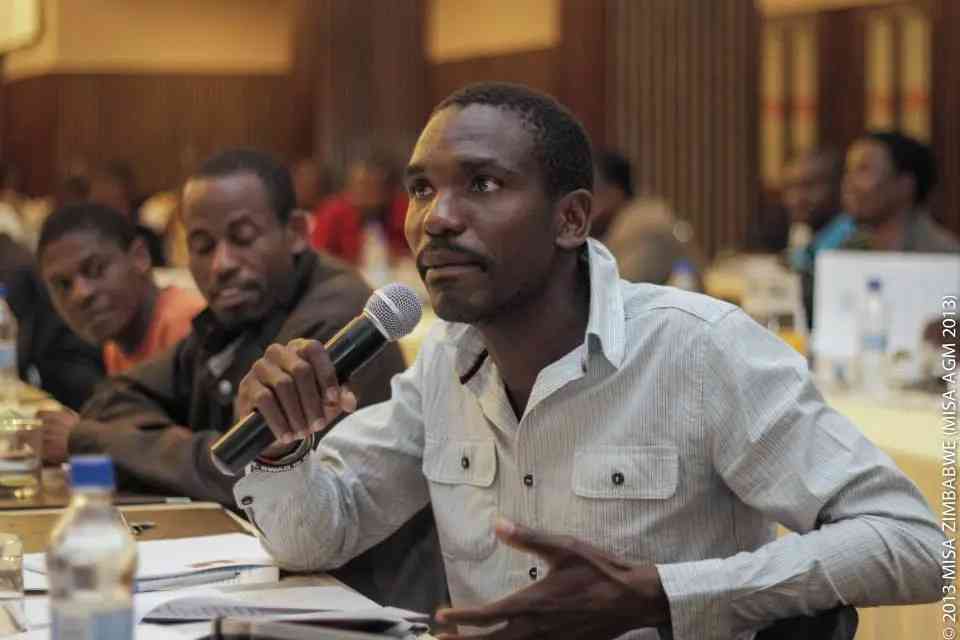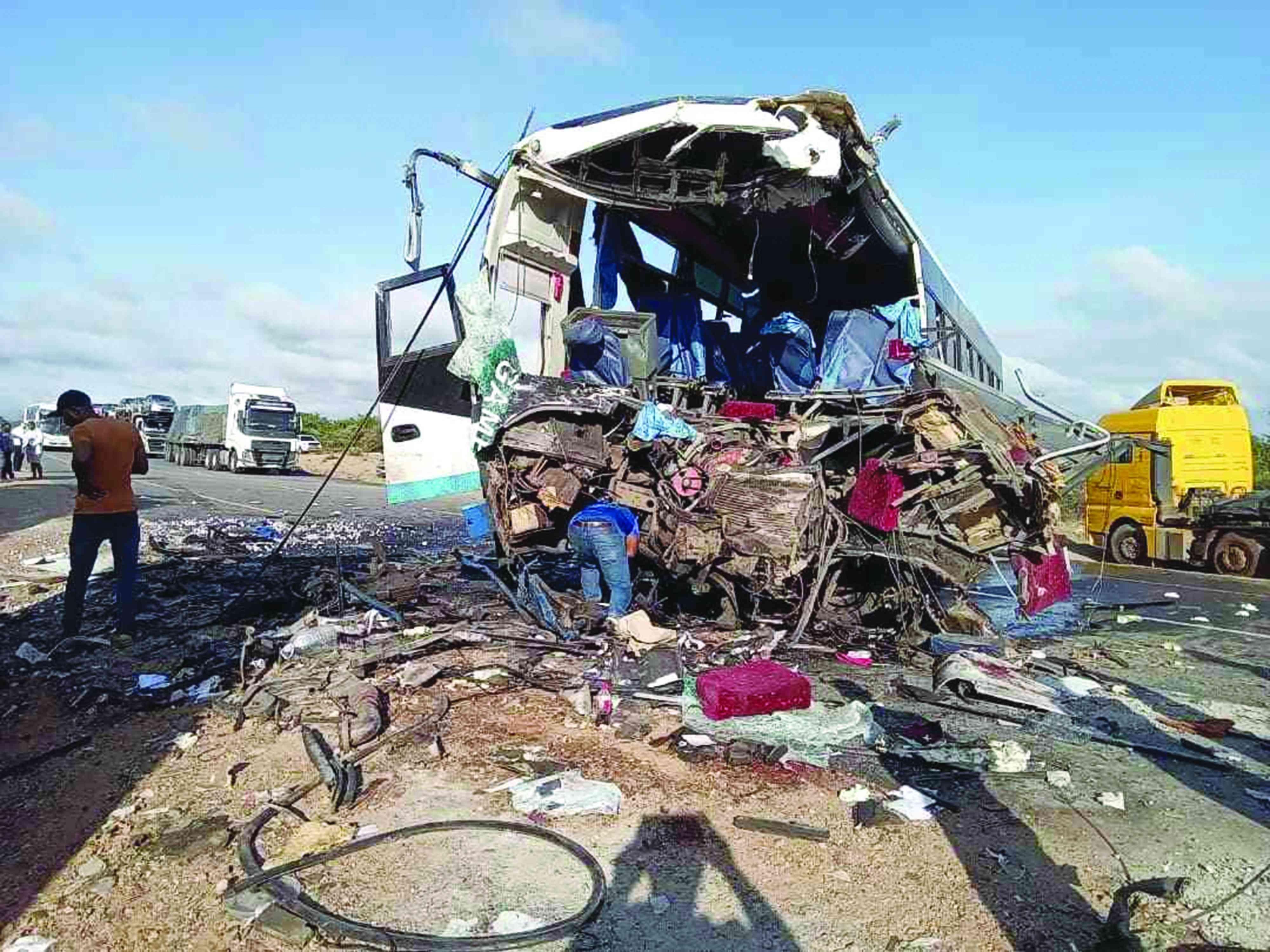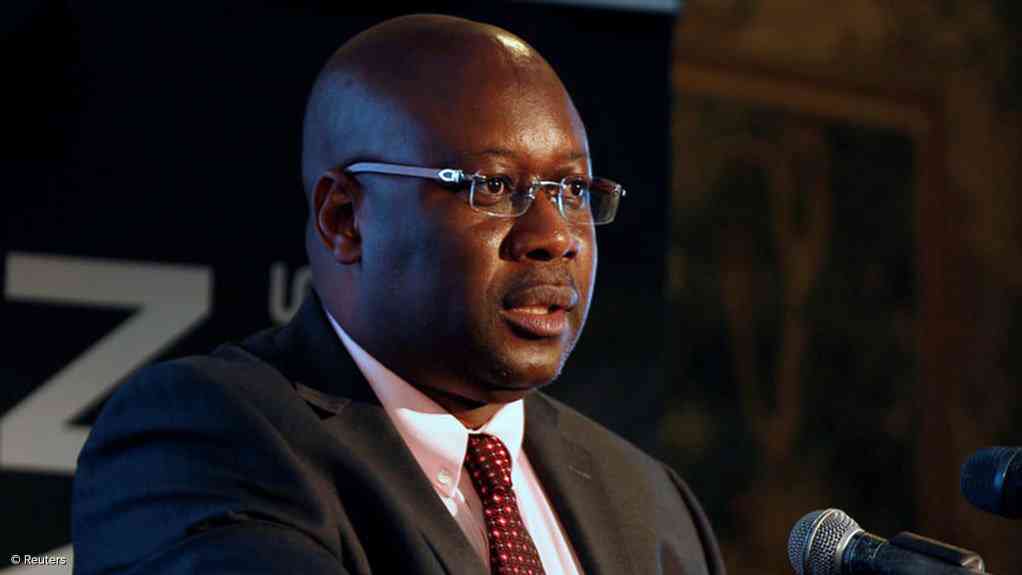
AS part of efforts to turn around Hwange Colliery Company Limited Holdings (HCCL Holdings), the government recently appointed William Gambiza (WG) as substantive chief executive officer. Our assistant editor, Mthandazo Nyoni (MN), caught up with Gambiza during the Zimbabwe-Zambia Energy Projects Summit in Victoria Falls to discuss revenue targets, production and the state of the coal industry among other issues. Find below excerpts of the interview.
MN: Congratulations on your appointment as HCCL Holdings CEO. What are your short to long-term goals?
WG: I think it is an appointment which has come at a time we are rebuilding HCCL Holdings in the context of the scheme of reconstruction. So, the scheme of reconstruction to me, is the short term plan. Obviously, we do have goals that we intend to see happening. In the context of the short term perspective, we have managed to craft the business improvement plan, which focusses on de-risking businesses.
MN: What are those specific goals?
WG: There are certain key milestones that we intend to see. Growth in revenue, is one of the key deliverables which we intend to see happening in the short term — along with reduction in operating costs and improvement in efficiencies. One key metric we want to see improving is employee productivity, which is mainly measured in terms of the returns and payment shift. We also need to see the company working with contracts that create value.
We have terminated those contracts which are not creating any value. So, it is some of those things that we want to see in the short term to make sure that the company can start to operate profitably, with low cost structures, and with a motivated labour force. Employee welfare is an issue which we are really taking seriously because in the context of my leadership, I am people focused and centred. We are a people centred business. As such, we want to make sure we recognise our employees and we work well with them. We have done away with silos and as we speak, we have introduced an open door-policy where all employees can participate and contribute.
MN: How about the long-term?
WG: We want to see a business that is sustainable, and diversified — a mining house, a property company and a medical company. It is a company we envision to be integrated and diversified, which creates value for the community and all stakeholders.
- Mnangagwa defends Chinamasa appointment
- Mnangagwa defends Chinamasa appointment
- Hwange plans massive capex after ZW$4 bn loss
- Endemic govt corruption at Hwange Colliery Company ...Van Hoog comes out guns blazing
Keep Reading
MN: Over the past two years, HCCL has been implementing a turnaround strategy. Have you started seeing tangible results?
WG: We have seen very encouraging and positive results. We have seen our market share being restored.
Some of the customers that we had lost are now coming back. In terms of productivity, we are hitting all our production targets on a monthly basis. We are not missing, and each month we are operating profitably.
MN: To what do you attribute this growth?
WG: We have focused more on containment of costs.
MN: How much has the company invested in exploration, shaft development, and the washing plant?
WG: It is a company that did its exploration long back. The company did inject millions of dollars into the coal resource in trying to understand how much coal is there. As we speak, we are in the process of converting that coal resource into cash inflows.
MN: How are you going to do it?
WG: Obviously, this calls for capital injection in the form of money required to build plants, refurbish plants and acquire equipment, which is something that we have basically done.
In the scheme of reconstruction, we have focused on making sure we do mid-life interventions for all our processing plants. The exercise is currently yielding results. I am able to say plant availability has increased from 45% to around 84%. We have done a fantastic job through those mid-life interventions. We have managed to build a wash plant for about US$3,2 million, which is intended for washing coking coal so that we can have a high value product. It is a plant which is set to be commissioned this month.
MN: Can you talk about investment in those key projects that you spoke about?
WG: We have a quantified resource, we do have reserves. Through physical studies, we managed to establish the reserves that we have. But in the context of the scheme of reconstruction, there is a US$20 million capital injection which makes up the scheme of reconstruction and these are some of the projects which I am currently talking about. We have introduced the wash plant.
We are now building the coke oven battery. We even want to resuscitate our underground mine.
We also want to build the escrow conveyor belt. But like I am saying, the results are already starting to be very much positive.
MN: What is your perspective on the industry's current state and future trends?
WG: Basically, the coal industry has divided the world. We have a group who are saying, let us forge ahead with coal.
On the other hand, we have another group which is fighting to phase out coal. But in my view, in the context of Africa, Africa has its own unique challenges. Africa has its own particular challenges and coal remains a critical mineral. Without coal, we cannot power our industry.
MN: What should be done?
WG: We need to make sure we identify the energy resources that we have. And coal is one such energy resource which we have in abundance.
Instead of trying to, maybe, discredit this energy source, I think the focus should be on trying to come up with cleaner technologies, smarter technologies which are meant to minimise emissions.
But at the end of the day, we need coal so that we can power the continent.
MN: What was HCCL's sales revenue last year?
WG: For last year, in terms of our sales revenue, we closed around US$169 million. Our target for this year sits around US$182 million.
Our forecast for 2025 should be around US$250 million. There is growth in terms of revenue.
MN: What do you attribute this growth to?
WG: It is the introduction now of high-value products and enhanced operating efficiencies. But again, there is a market for the high-value products. So basically, that is what is causing those figures to go up.
MN: How about production?
WG: For the 10 months of the year, we have reached around four million tonnes. But our production is market-driven.
MN: In terms of coal reserves, how much does HCCL have?
WG: I think we have over 250 million tonnes of coal. In terms of mine life, we are talking of hundreds and hundreds of tonnes. The resource is abundant.
MN: What should policymakers do to assist industry?
WG: In the context of coal, there is a great need for policymakers and industry leaders to put their heads together and try to come up with realistic solutions on how best we can address the clean energy movement. It is a global movement. We love it. But pushing for phasing out of coal is not a wise idea. I would rather opt for a situation whereby we go for an energy mix, which is meant just to augment what thermal coal can do in the context of energy. I think if we are able to take that forward, we will be in a position to achieve our socio-economical goals as a continent.
MN: What are your plans in terms of sustainability?
WG: Sustainability lies at the core of whatever we do. Our vision, our plan, in the context of the current portfolio, is to create a portfolio of sustainable businesses. The dimensions of sustainability have gone beyond just safety and environmental issues. Our sustainability revolves around seven pillars of value. We are talking about our safety, our people, our production, the community, cost margins, and also financial returns. That alone makes the pillars on which we have managed to craft a sustainable mining plan. The whole idea is to make sure in whatever we do, we have the social licence to operate. We want to make sure in terms of our relationships with communities we are in harmony.
MN: How about the environmental social governance (ESG)?
WG: We are also introducing the ESG policy. The ESG issue is now a mandatory thing. For any company to create value, it has to consider ESG issues seriously. For us to define ourselves as a successful company, the first point of call is to look at our commitment to ESG issues. After that, we can start to digress into these other business issues, your revenues, your costs, among other things.
We believe for us to create long-term shareholder value, long-term sustainable value, ESG issues must be considered right from the onset.










